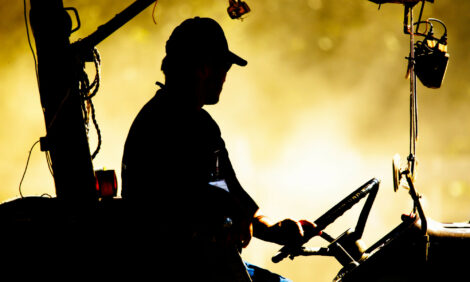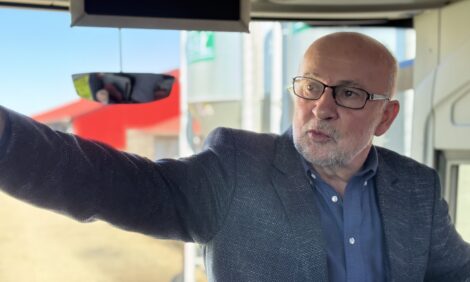



How Much Gas Do Cows Produce?
US - Any calculation of the carbon footprint of a gallon of milk needs to include fuel used by tractors and trucks, as well as electricity consumed by milking machines and refrigerators. But how much gas is coming from the cows themselves?That's the question Purdue University researchers are investigating as they start a new study aimed at measuring greenhouse gases from dairy cows. Albert Heber, principal investigator and a professor of agricultural and biological engineering, said the study is part of an industry-wide effort to reduce greenhouse gas emissions related to fluid milk.
"The dairy industry understands that in order to adopt best practices that will help lower greenhouse gas emissions in the dairy supply chain, it must first know where the mitigation opportunities exist," Prof Heber said.
The study is being funded by the Innovation Center for US Dairy and is one of several studies that will be used to measure the entire carbon footprint of fluid milk - from the farm to the glass. Researchers from the University of California Davis, Cornell University, the University of Minnesota and Washington State University are collaborating on the project.
"Measuring the greenhouse gas emissions of dairy cows will help determine the extent to which the dairy industry contributes to US greenhouse gas emissions," said Rick Naczi, the group's executive vice president of strategic industry analysis and evaluation. "Preliminary scan level research was conducted last year that showed the dairy industry accounts for less than two per cent of total US greenhouse gas emissions. Now, we are expanding our efforts by partnering with respected academic institutions like Purdue and engaging in extensive research to assure that our efforts are based on sound science as we address the environmental, economic and social importance of reducing our carbon footprint."
Carbon dioxide, methane and nitrous oxide will be monitored at five barn sites and two manure lagoons in Indiana, Wisconsin, California, Washington and New York. Mobile laboratories set up for the National Air Emissions Monitoring Study, of which Prof Heber also is principal investigator, are being used to take the measurements in this study as well.
"We began collecting some greenhouse-gas data as early as 2007, but now we have all the equipment we need and we've been getting data on all parameters of it for about a month," said Bill Bogan, operations manager for the two studies.
Tubes will draw air from each of several exhaust fans and background locations. The air will be fed into a series of analyzers that measure the concentrations of the gases. Those concentrations can be used to determine the amount of each gas emitted for a particular time period and per animal. Data will be updated every minute.
Prof Heber said the gas comes from both the cow and the manure. Manure gas is easiest to address. Different manure management practices may increase or decrease total emissions, he said.
"The type of storage and handling procedures may contribute to how much gas is escaping from the manure," Prof Heber said.
Most of the previous studies on dairy greenhouse gas emissions were done in Europe and Canada and don't reflect US climate and management practices. This study will provide country- and region-specific greenhouse-gas emission rates from US dairy operations, which can be used by the Intergovernmental Panel on Climate Change for modeling emissions.


